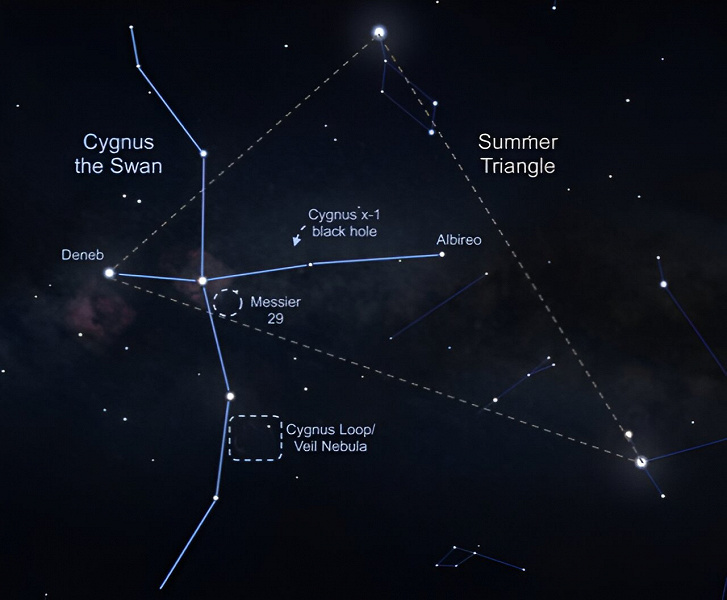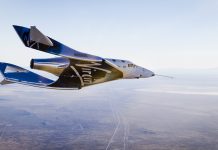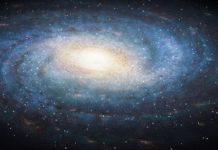On October 29, the INFUSE mission launched, designed to study the formation of star systems through the study of data on supernova explosions
On October 29, 2023, the INFUSE mission will launch, designed to explore the mysteries of the emergence of new star systems through the study of supernova explosions. The sounding rocket launches from the White Sands Range in New Mexico.
Every year, the constellation Cygnus attracts astronomers in the northern hemisphere. A special artifact of the night sky directly above this constellation is the Veil Nebula, which has become a favorite object of observation for both amateur astronomers and scientific researchers. It is the remnant of a star whose size in the past exceeded the mass of our Sun by 20 times. About 20,000 years ago, this giant star underwent gravitational collapse, resulting in a brilliant supernova explosion. Even at a distance of 2,600 light years, the brightness of this event was sufficient that it could be observed from Earth even in daylight.

Supernova explosions are an integral part of the life cycle of a star. They eject into the surrounding space heavy elements formed in the core of the star, which subsequently becomes a source of chemical elements that exceed the mass of iron. As a result, planets, stars, and new star systems gradually form over time from the dispersed clouds of dust and gas left after the flare.
The Veil Nebula provides a unique opportunity to observe a recent supernova explosion in its active stage. This huge cloud, more than 120 light years in size, continues to expand at a speed of about 1.5 million kilometers per hour.
The INFUSE mission is the key to understanding the formation of star systems
What astronomers detect with telescopes is not the explosion itself, but the dust and gas superheated by the shock wave and manifesting itself as a glow as it cools. To study the shock wave, Professor Brian Fleming and his team developed a telescope capable of detecting ultraviolet radiation, which has too high an energy for human vision to perceive. This light will help reveal the glow of dust and gas that has been hit by the shock waves and is still at a high temperature after the process.
The INFUSE mission is an innovative spectrograph that is the first instrument of its kind to go into space. This tool combines the advantages of two techniques: optical imaging and spectroscopy. Modern optical telescopes have excellent cameras that allow them to accurately determine the direction of light and its spatial location. But they can’t separate the light into its different wavelengths, and the resulting image ends up with different spectra superimposed on each other.
In turn, spectroscopy divides a light beam into its components – certain spectra, similar to the division of a light beam by a prism into a rainbow. This procedure will help reveal a lot of additional information about the composition of the light source, its temperature, and the dynamics of the processes occurring. However, spectroscopy can help analyze only a narrow strip of light at a time, similar to looking at the night sky through a narrow keyhole.
The INFUSE instrument creates an image and then “cuts” it—the spectrometer separates each strip into a spectrum. This data can be reconstructed into a three-dimensional “data cube” – a stack of images where each layer reveals a specific wavelength of light.
Using data obtained from INFUSE, Professor Fleming and his team will be able to not only identify specific elements and their temperatures but also analyze the location of these elements along the shock wave.
INFUSE will be launched into space aboard a sounding rocket. These are miniature rockets that fly into space for a few minutes to collect scientific data. The mission will launch a two-stage Black Brant 9 rocket to a peak altitude of about 240 kilometers before parachuting down to the ground for recovery. The team has already planned to upgrade the tool and relaunch. Moreover, some parts of the rocket are already being reused from the previous launch of the DEUCE mission, which took place in Australia in 2022.




